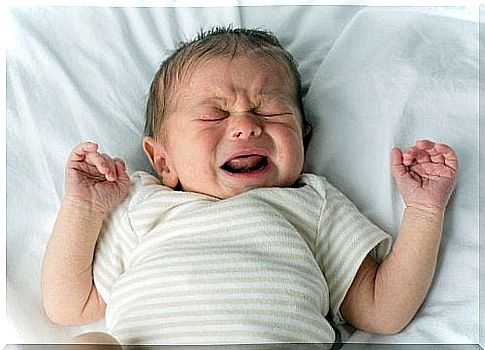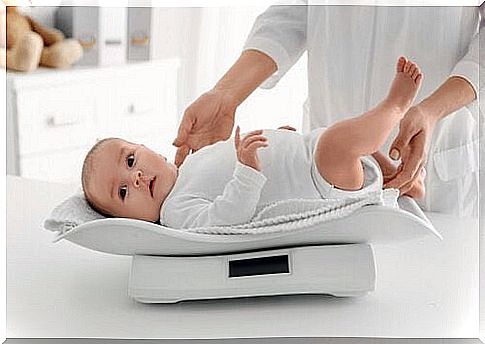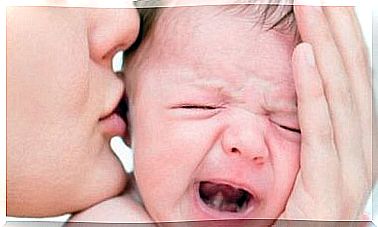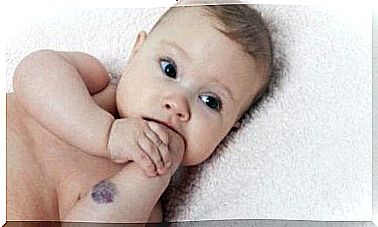Renal Pelvis Enlargement In Infants: Symptoms, Diagnosis And Treatment

The extension of renal pelvis in babies is essentially a slight expansion of the renal pelvis, with or without an extension of the calices.
It develops into a small funnel-like anatomical structure that drains or collects the urine that goes from the kidney to the ureter.
In certain situations this leads to an obstruction of the flow. This increases the pressure in the body and increases the size of the pelvis.
The number of cases of renal pelvic enlargement in children varies. Girls are less likely to develop kidney abnormalities than boys.
In most male patients, however, this disease grows together by 6 months of age.
Therefore, regardless of the gender of the baby, it is important to look at this disease responsibly in order to find the right diagnosis and treatment.
Because of its frequency , it is difficult to find a relationship between renal pelvic dilation and maternal illness or medication.
Causes of a renal pelvis enlargement
Some factors that can cause renal pelvic enlargement are:
- Reflux: The urine returns to the kidney
- Constipation in the urinary system
- The ureter is made up of tubes that may be too narrow or blocked
- Premature birth
- Urinary tract infections
In addition, other things can cause pelvic dilatation as well. Often a general weakness of the baby or neurological problems also lead to this.

Symptoms of an enlarged renal pelvis
If you experience these symptoms, you should have your child examined by your pediatrician because they may be suffering from pelvic enlargement.
Observe for a sharp rise in temperature and frequent abdominal pain. In addition, in most cases the flow of urine is interrupted.
These symptoms do not appear until the later stages of the disease or when complications arise. It is therefore important to act immediately.
How can renal pelvic enlargement be diagnosed?
A kidney pelvis enlargement is detected in babies by a prenatal ultrasound and classified according to the degree of expansion.
For example, the disease can be mild (less than 10 millimeters), moderate (between 11 and 15 millimeters), and severe (more than 15 millimeters).
If left untreated, this disease can lead to a large number of complications that affect the child’s kidneys.
Therefore, it is necessary to have regular examinations including ultrasound.
Many babies with enlarged kidney pelvis feel increased pressure on their organs and impaired functionality.
If complications occur, pyelonephritis, an inflammation of the tissues in the kidneys, can occur.
If you notice any of these symptoms in your baby, don’t try to treat them yourself. On the contrary, you should see a doctor right away who can do an examination and diagnose.
When is surgical treatment necessary?
Surgery becomes necessary when the ureter has an abnormal structural system and cannot be cured by drug therapy.
It is also necessary when the dynamic growth of the renal pelvis increases sharply both on the right and on the left.
If complications arise in the baby, surgery is sometimes considered.

Treatment of renal pelvic enlargement
Unfortunately, there is no magic recipe for solving the problem before the baby is born. However, an ultrasound will help you prepare for the various ailments your child may suffer from.
No treatment is given during pregnancy as this can lead to negative consequences, including death of the fetus.
Later, as the child grows, its organs are subject to changes. Then everything can shift to the right place and the symptoms of the disease go away.
It is important that you take your baby to the pediatrician. Once all of the causes of renal pelvic dilation are identified, appropriate treatment can be given.
In most cases, it consists of medication and performing physical therapy movements.









